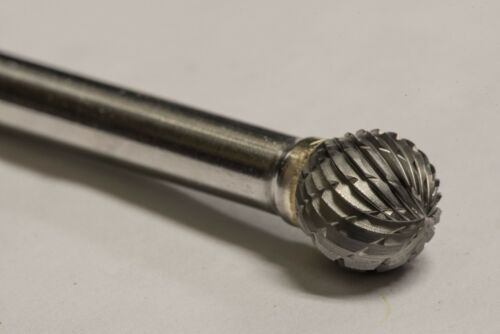Michael V said:
Tricone bits are mostly used for sedimentary rocks (especially in the oil and gas industries). Cuttings are carried back by water, not air. There is a slight twisting of the gear-teeth on the rock. This cuts the rock, effectively by gouging out grains. They are very slow bits in igneous and metamorphic rocks.
Their real advantage is the low rate of wear compared to down-hole hammers. And their hole steerability compared to spade bits. And they are cheap compared to hammers. Low rate of wear means you are not pulling rods so often to replace the bit. (Think petroleum holes that can be thousands of metres deep.) They are not commonly used in drilling for coal, because the holes are much shallower.
The most interesting down-hole cutting arrangements I’ve seen are the ball-grinders (like large die-grinder bits) used on steerable down-hole motors.
Oh, and the steerable down-hole motor had built-in, real-time down-hole geophysics only centimetres from the bit – short-spaced density, long-spaced density, natural gamma, and direction measurements along with other bore-hole information like caliper etc.
Brilliant, thanks. So, suitable for very long bore holes because of the very low rate of wear, and the slight shear removes individual grains from sedimentary rock. Nice.
Water slurry rather than air, good. Air wouldn’t work well for long bore holes because of the pressure.
I hadn’t thought of the relationship to steerable motors and sensors, that would be great.
Looking up ball-grinder bits. Like this but larger?

Or like this?




